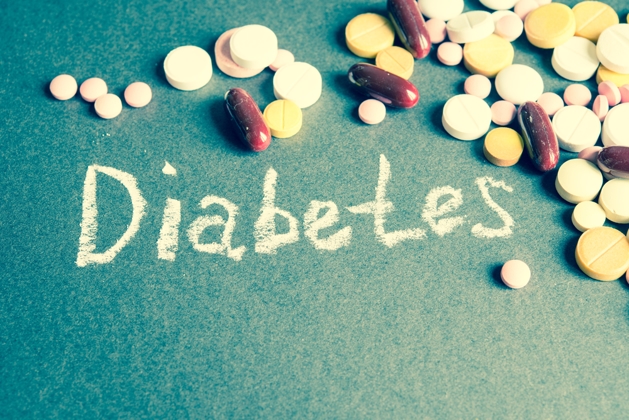 May 4, 2016
May 4, 2016
Diabetes, What Is It Really?
Diabetes is not a simple condition. In fact, it is a group of metabolic diseases, not one condition alone. The most common include type 1 and type 2 diabetes. Each of these diseases prevents the body’s pancreas from producing enough insulin or responding to the insulin produced. This results in high blood sugar levels.
Unlike popular belief, diabetes is not caused by overeating, poor eating, or lack of exercise—or at least it’s not that simple. Researchers aren’t quite sure what causes diabetes. Diabetes appears to have a genetic link, especially type 2 diabetes, but lifestyle also appears to play a part for those that develop diabetes. Other issues that may cause diabetes include autoimmune responses, viruses, and even certain chemicals or physical damage to the pancreas.
Risk Factors for Diabetes
While there aren’t exact known causes, there are some common risk factors that can make people more susceptible to having diabetes.
These include the following:
- Age – Those 45 years or older more commonly have type 2 diabetes, while children and teens often have type 1 diabetes.
- Race – Caucasians are the most common race to have type 1 diabetes, while African Americans, Hispanic Americans, Asian Americans, and Native Americans most commonly have type 2.
- Parents – If diabetes is in your family history, you are at a higher risk for having the condition. Even an older birth mother could place you at higher risk.
- Weight – Those who are overweight are at a higher risk for having type 2 diabetes.
- Stress – Those who have permanent stress, versus periodic or no stress, appeared to be at higher risk for diabetes according to a study—stress increased the risk by nearly 50%.
- Sleep Problems – Lack of sleep or quality result could lead to obesity and insulin resistance, and ultimately diabetes.
- Activity – Those how are active less than three times per week are more susceptible to type 2 diabetes.
Some of the symptoms of type 2 diabetes can include: increased urination, blurred vision, increased thirst, hunger, fatigue, slow healing, pain / numbness in feet and hands, and other issues. For type 1, the following may be symptoms: sudden weight loss, blurred vision, nausea, irritability, extreme hunger, frequent urination, weakness, etc.
Living with Diabetes
Diabetes can be difficult to understand, assess, and manage. If you have been diagnosed with diabetes or believe you might be at risk, talk to your doctor. They can help you not only determine if you have diabetes, but also create and effective management plan if you do, leading to a healthy and happy lifestyle.
This article contains general information about medical conditions and treatments. The information is not advice and should not be treated as such. The information is not intended to replace the advice or diagnosis of a physician. If you have any specific questions about any medical matter you should consult your doctor or other professional healthcare provider.






